Your comprehensive state-by-state guide to the best activities, installations and events coming up over the school holidays.
NSW:

-$30 or $25 pp for groups of 4 or more.
-Australia’s biggest inflatable playground! All ages welcome, children under 5 require adult supervision. Child-friendly music, dome tents for shade and a playground full of climbing walls, slides, tunnels in a 1200sq bouncing adventure!
– 4 sessions a day: (Each session is 1:45min long): 9-10:45am, 11-12:45pm, 1-2:45pm, 3-4:45pm

– Tickets from $20
– This award-winning exhibition combines science and technology to create the ultimate space experience. Originally premiering at NASA’s Marshall Space Centre this immersive display involves surround sound, over 12 big screens and a giant projection-mapped dome. Visitors can enjoy the opportunity to explore models of spacecraft, astronaut suits and lots of fun and engaging learning activities.

-Free.
-A free public installation comprising of interactive sound and light built as a cluster of inflatable arches. As you move through the exhibit sound and light responds and changes. The more people that arrive and journey through the score builds and plays orchestral music that is different every night as it reacts to crowd flow.
- Pixar Putt (Moore Park) 26th November – 6th February 2022

– From $20
– Pixar themed mini-golf, featuring putt-putt holes inspired by films like Toy Story, Monsters Inc., Soul, Finding Nemo, Wall-e, The Incredibles and more.
VIC:
-Free
-Find your way through a massive present-themed maze to help Santa find his elves! Completing the maze puts you in the running to win one of four prize packs from the District Docklands including family passes to Imaginaria, Icehouse Ice-skating rink, ArtVo and more. Free 90-minute parking is available at The District all week.

-$53-57, free for children under 3
-The only place in Victoria with water, wildlife and rides – feed kangaroos, see dingos and koalas, jump on rides, play in the playground, hit the waterslides and float down a river. ‘Oasis Springs’ Water Park is re-opening on November 20.

-$22-30, free for children under 3.
-“Part audiovisual installation, part game and 100% future.” Technology, imagination and play are brought together in a fully interactive experience. Walkthrough the exhibition and navigate through giant inflatable bubbles, light mazes and lie down on a day bed watching the light and sound swirl above you.

-Free for Under 16s and Students, $15 Adults and $10 Seniors.
-River Connections by Learning Lab is an immersive experience designed in collaboration with First Peoples community members exploring their close connections to the land, animals, plants and rivers of Victoria. The exhibition offers a journey through the unique environment of the Murray River and explores how all life is connected and depends on a healthy environment to thrive. River Connections is screened on a loop as part of a Digital Showcase through infinity projection to remind viewers of our place in the dynamic web of life.
WA:

-Free
-This new exhibition includes exciting interactive artworks, immersive spaces and galleries transformed into colour filled worlds. Hundreds & Thousands offers a sensory experience for kids of all ages!

-Free
-Walk your own tour through the spectacular Christmas light displays, projections and festive street decorations. On Friday and Saturday nights catch live entertainment and surprise visits from Santa. View the Christmas Lights Trail Map.
- Carnival of the Animals Puppet Show (Spare Parts Puppet Theatre, Freemantle)

-10-29th January 2022
-From $23
-A musical journey introducing the people of Perth and the animals that represent us. Tracking from Freemantle to the Hills, the Swan River to the city. Hilarious puppets, time-lapse footage and pianists bring the carnival to life.
QLD:

-11th December – 26th January 2022
-$16-38
-Waterslide Park with slides to suit everyone! The Big Wedgie is the tallest inflatable waterslide at 18.2m tall and 82m long, with 4 lanes to race each other down. The Just Right Wedgie and The Little Wedgie are suitable for kids 3 and up. Catch the inflatable waterslides at the Broadwater Parklands during the School holidays.

-from $79 pp, group discounts are available
-Learn to fly in the state-of-the-art, fully controlled and safe environment at IFly. With a wrap-around viewing platform, you can share the experience with your friends and family. Comprised of a multi-storey high wind tunnel and a giant wind generator, step in and with the help of trained instructors launch into the air. IFly is Safe for kids and exciting for teens.

-10-23rd January, $3 per craft activity
-Take a spin around Chinatown in the 80s – colour, multiculturalism and culinary delights. During your visit, kids are invited to learn how to make paper lanterns. The exhibition lights up ahead of Chinese New Year; exploring Fortitude Valley, Brisbane’s most infamous melting pot of culture. Add your lantern to the exhibition, or take it home as a memento.

-Free
-Make a splash at Logan Gardens brand new water park! 50mm splash pool, toddlers water table, 10 totem poles with nozzle sprays and a pop jet plaza with 12 fountains. Located in Logan Central’s parkland and adjacent to the playground, kids can cool down and play all day with ample undercover spaces and light shows after dark.
TAS:

-$28-125
-The only outdoor hub for multi-adventures in one location in Tasmania. 20 minutes from Launceston guests can participate in up to 4 different adventures including zipline & Segway tours, tree rope courses and mountain biking. For 3 to 75-year old’s, the Hollybank Wilderness Adventure Park has something for you.

-Tickets at $56.93, 6th Jan (Launceston) & 8-9th Jan (Hobart)
-Catch Bluey, Bingo, Bandit and Chilli live on stage in the brand-new theatrical adaption of Bluey, featuring amazing puppets.

-$95, on 18-20th, 24-25th, 27th January 2022
-This program for kids 6-12 years involves learning kid-friendly scripts of classic fairytales, music, costumes and performance. Kids will learn basic performance skills, make friends and build confidence. Every child will have a role to play and have a copy of the recording to take home at the end of the day! Sessions run from 9am-3pm. Shows include Alice in Wonderland, Oliver Twist, Cinderella, Jack and the Beanstalk and Aladdin.
ACT:

-$14 child, $21 adult, $17 concession
-1st Dec 2021-29th Jan 2022
-Sunset Outdoor Cinema is open again in the Australian National Botanic Gardens. Showing a range of films including new releases, family favourites and classics. Bean bag seating and ‘sunset’ chairs available or bring along your picnic rug. The venue offers food trucks, movie snacks and a bar area.

-$29 adults, $25 child (12+)
-An interactive ‘whodunit’ in Old Parliament House.
-‘Its 1931 and you are invited into the House of Representatives at Old Parliament House where the order of business is about to be interrupted. As the chamber doors close behind you, and the sands begin to trickle through the hourglass, you must work together to solve a series of puzzles and earn the clues to identify a killer. Before it’s too late.’
-Private bookings are available for a minimum of 8 people.

-1 adult + 1 kid $34, 1 adult + 2 kids $49, 2 adults + 2 kids $68 and every additional kid $15, kids 4yrs & under free with full price adult.
-FamilyHaus is designed especially for kids & their families to enjoy climbing together. This area is dedicated to kids to allow them to discover the joy of bouldering with climbs made purposely for young ones. Kids 5 and over get the most out of bouldering at FamilyHaus but all are welcome. Bookings are essential during school holidays.
NT:

– 11th of December 2021 from 2-5 pm
-Free
-Indoor airconditioned family fun at the annual Karama Fun Fair. Offering an afternoon of Christmas activities, arts and crafts, library activities and loads of giveaways.

-Free
-4th December, 6-25th December @ 11.30-1 pm
-Meet Santa and enjoy fun activities provided by ‘fun in the parks.’



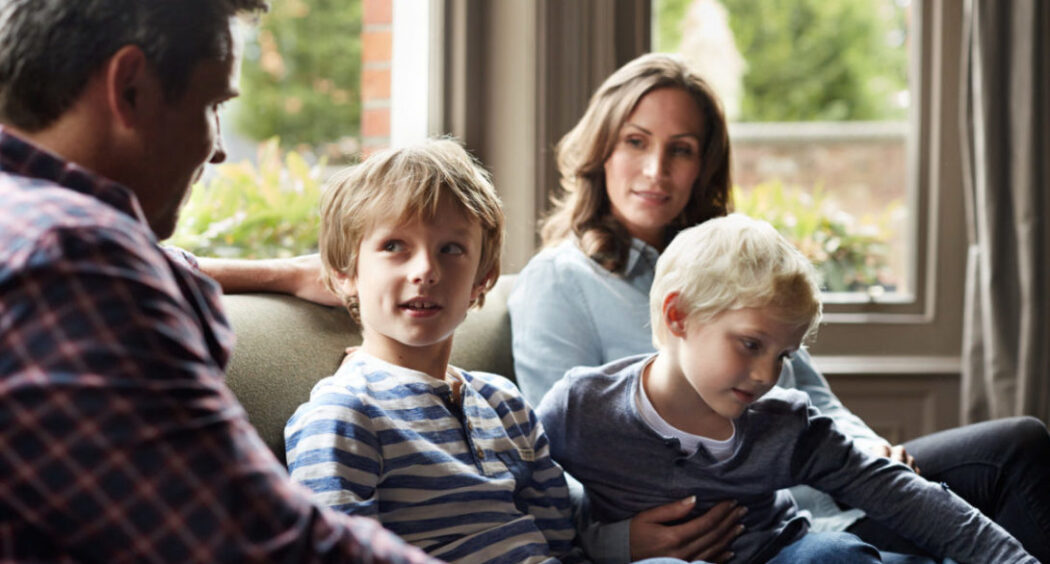
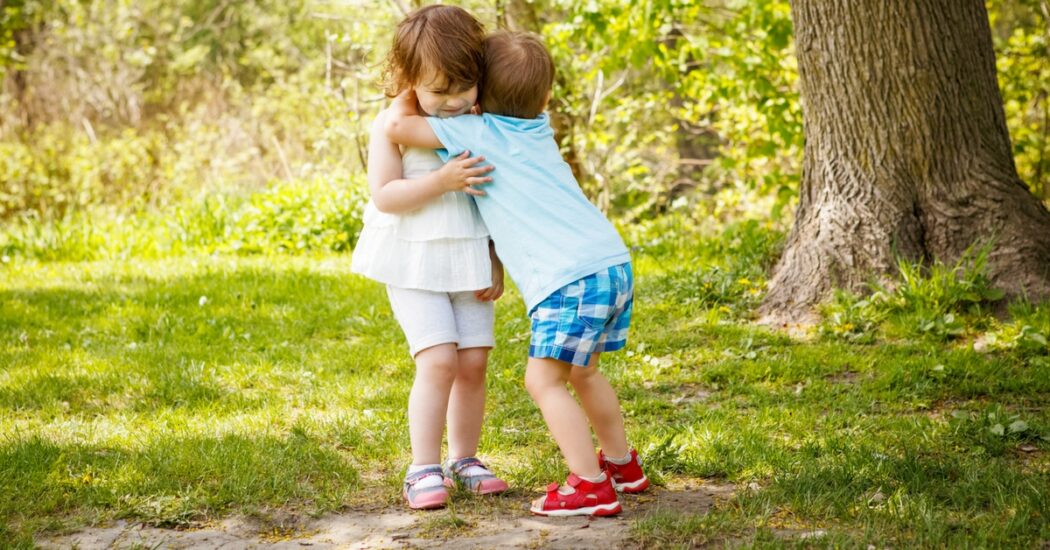
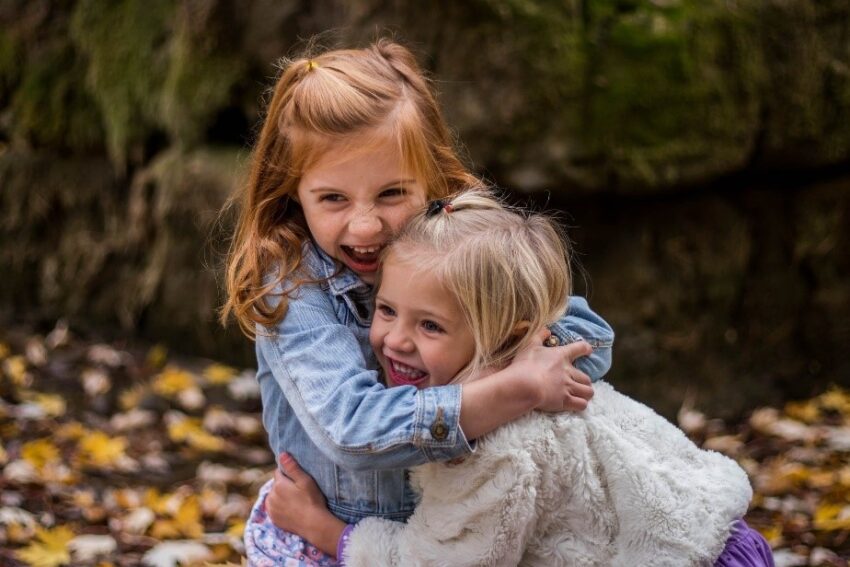
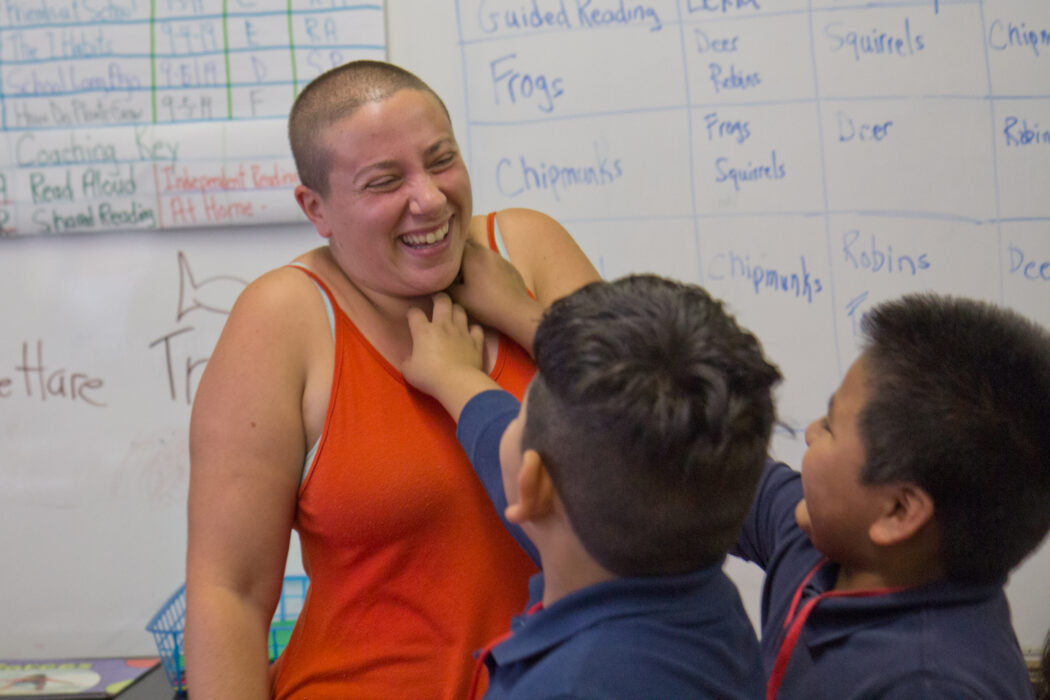
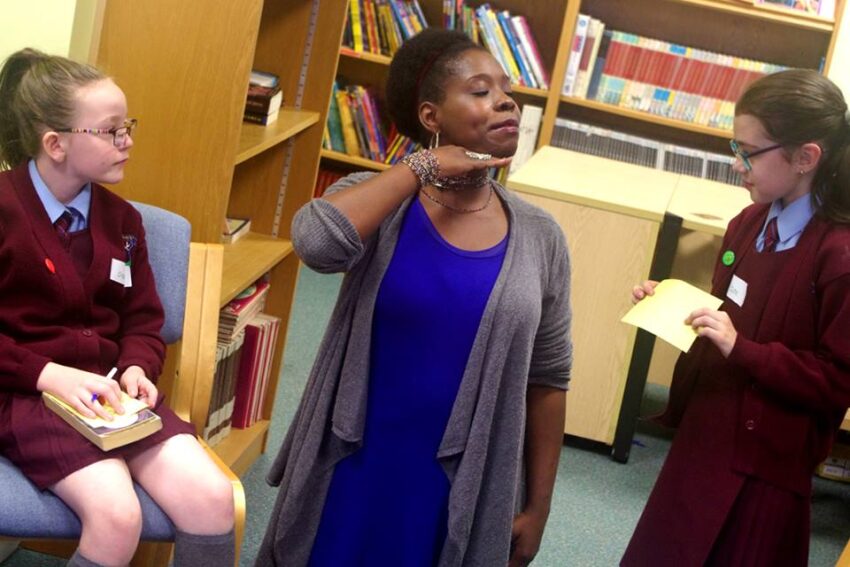
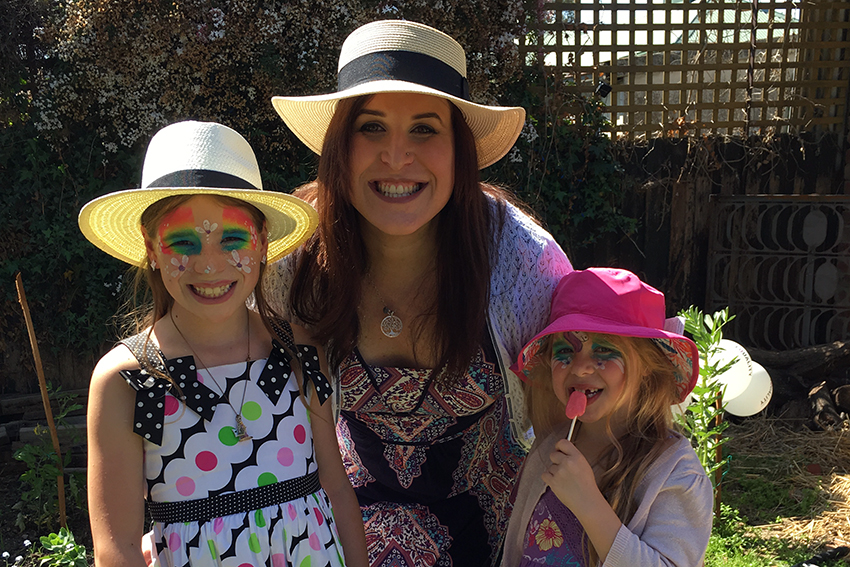
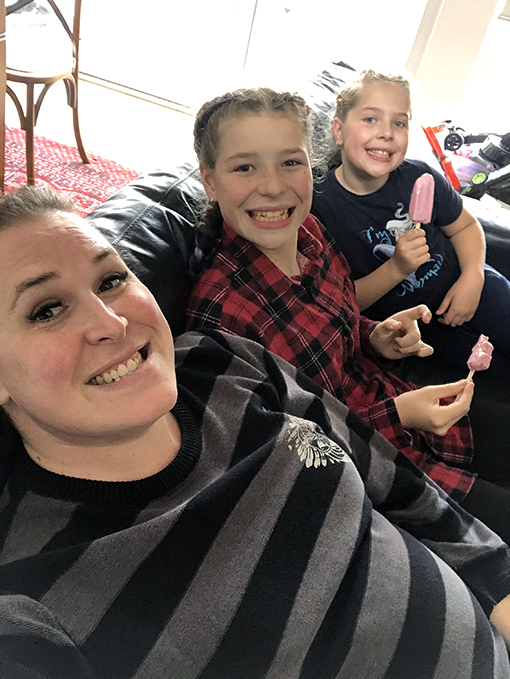
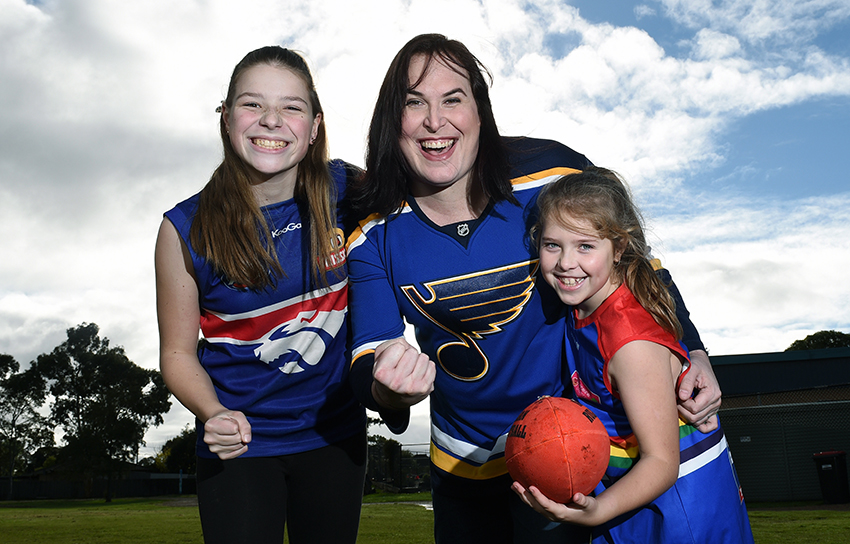
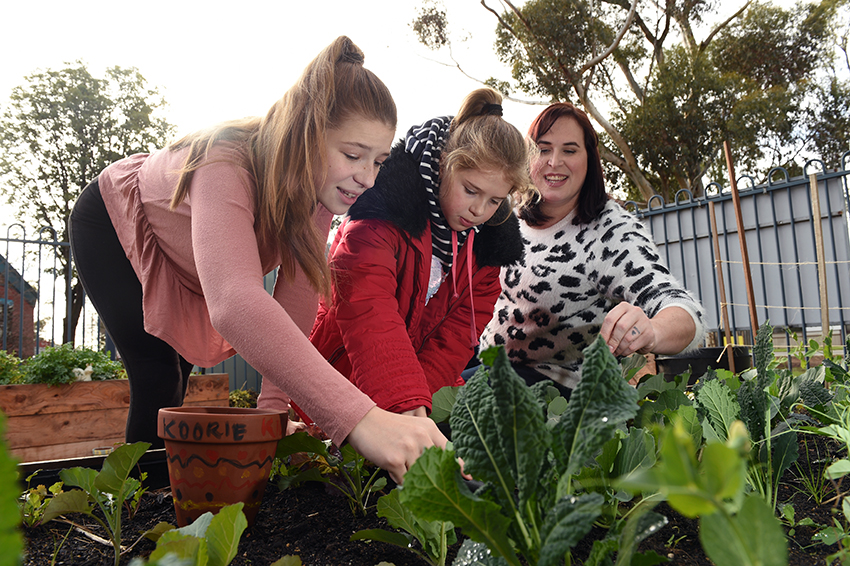
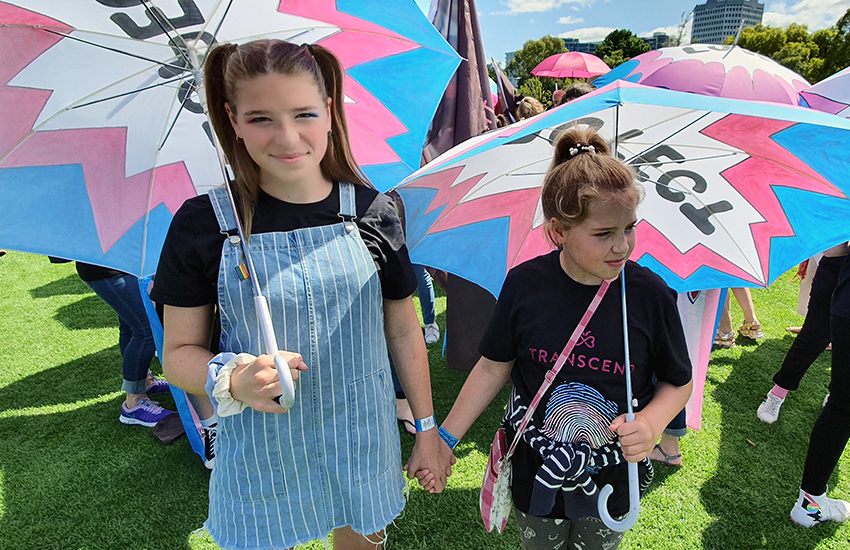




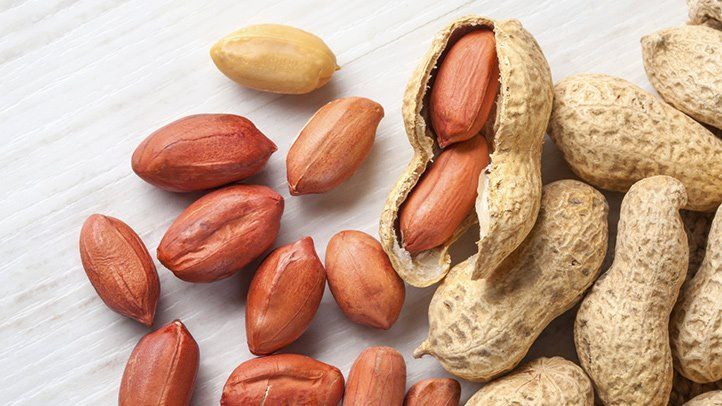

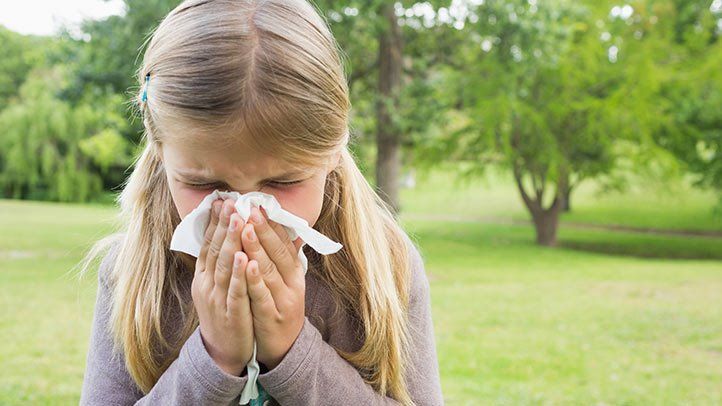
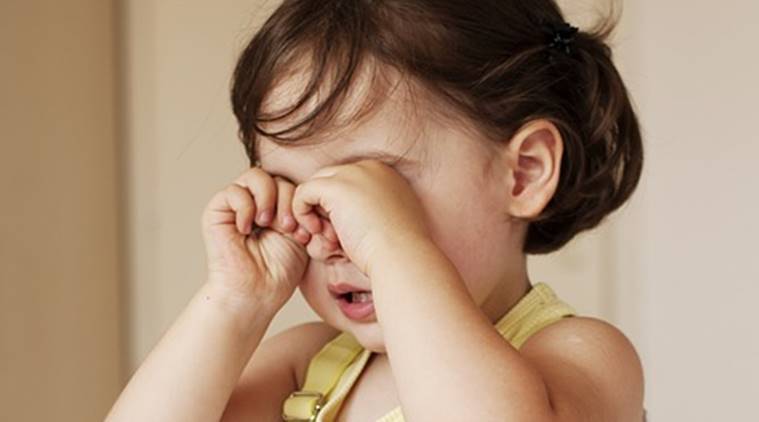
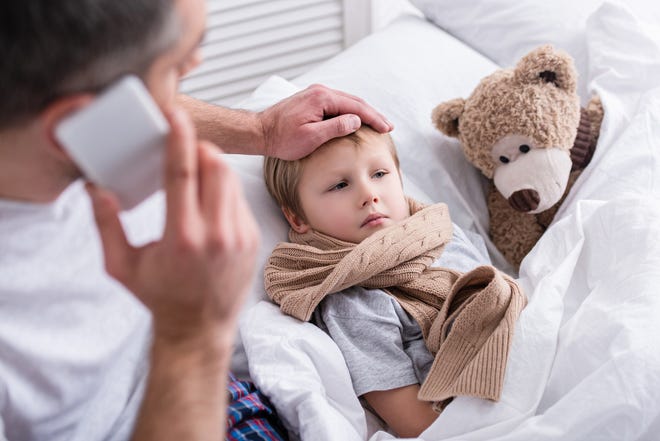
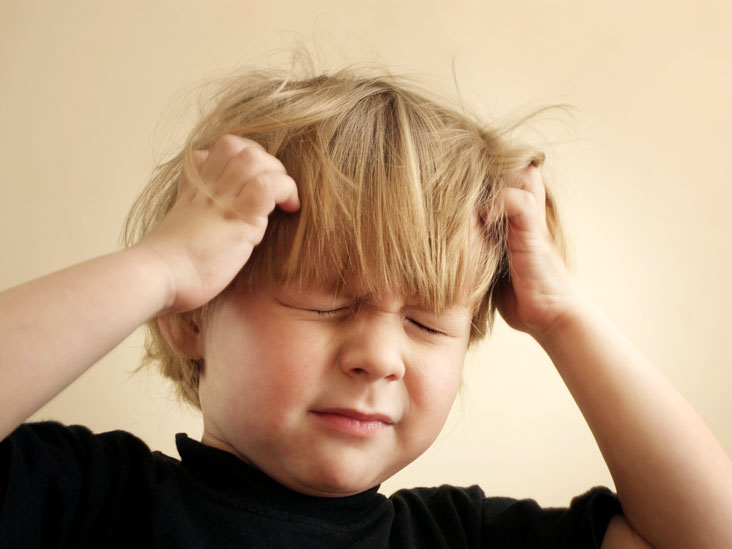






 Offering a donation is another great way to give back this Christmas. Following the pandemic, more people than ever, need a helping hand.
Offering a donation is another great way to give back this Christmas. Following the pandemic, more people than ever, need a helping hand.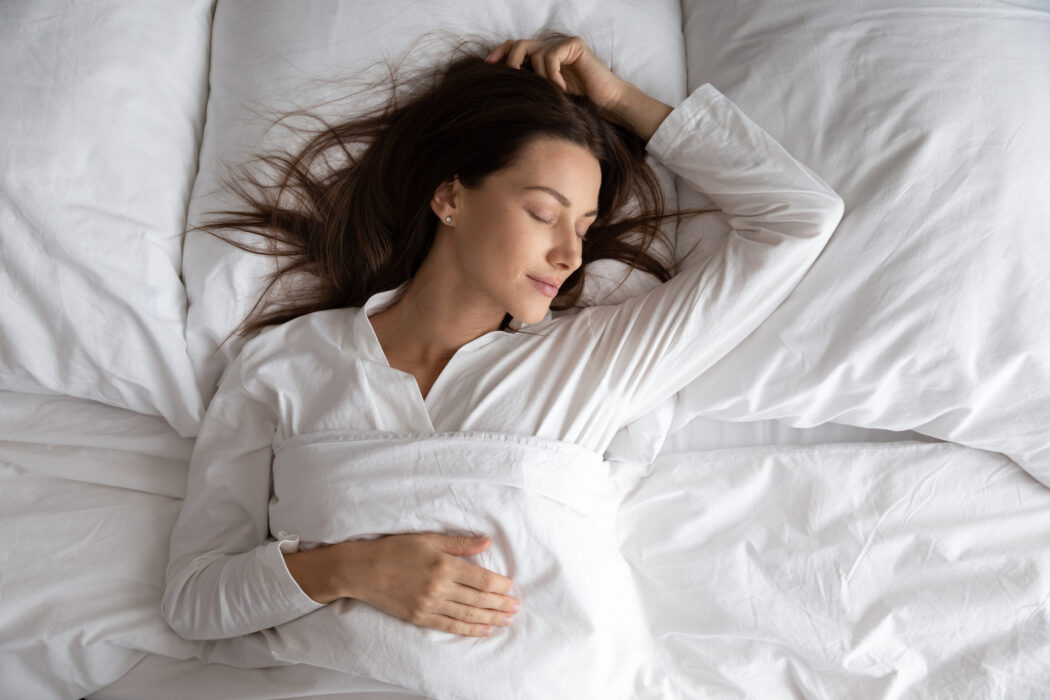

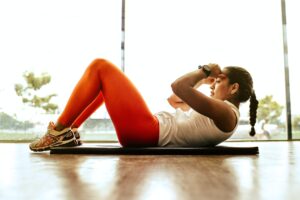


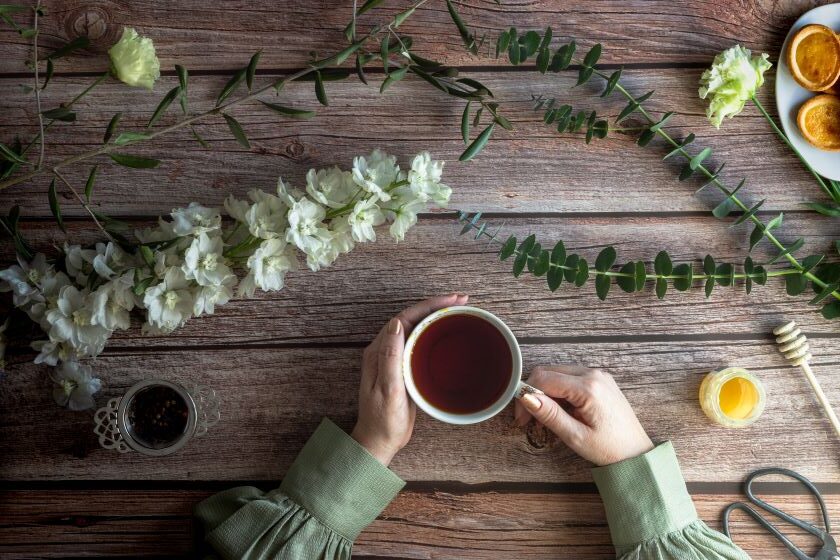
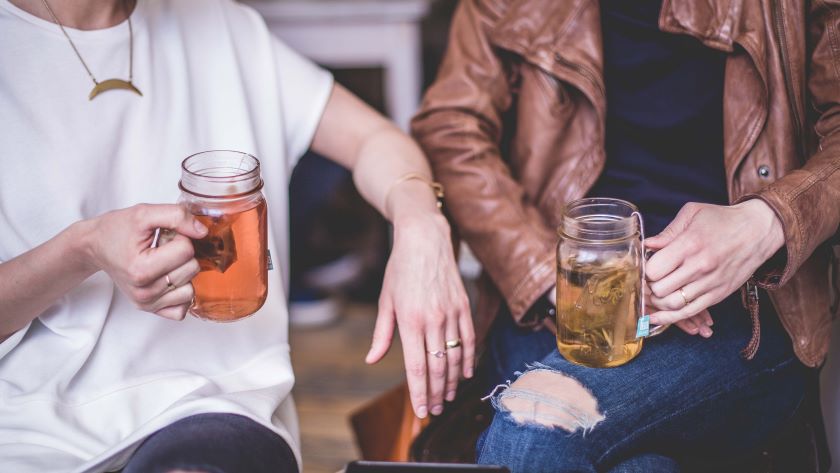
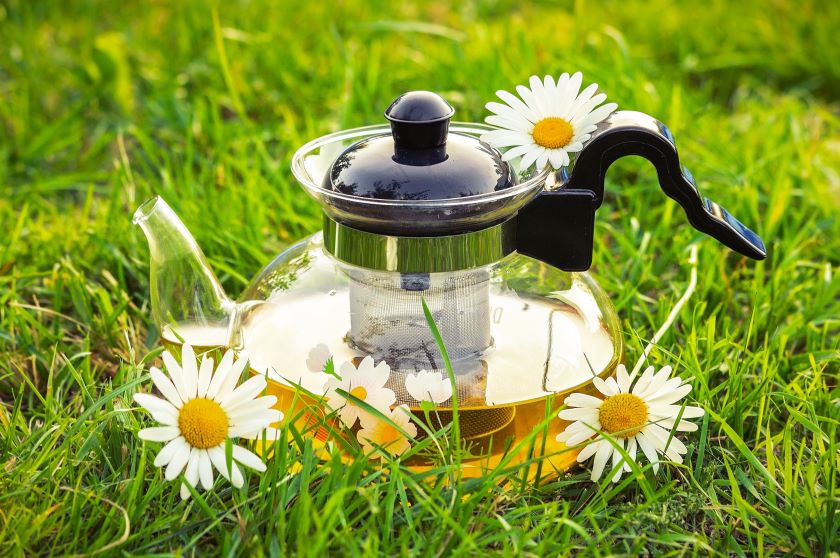
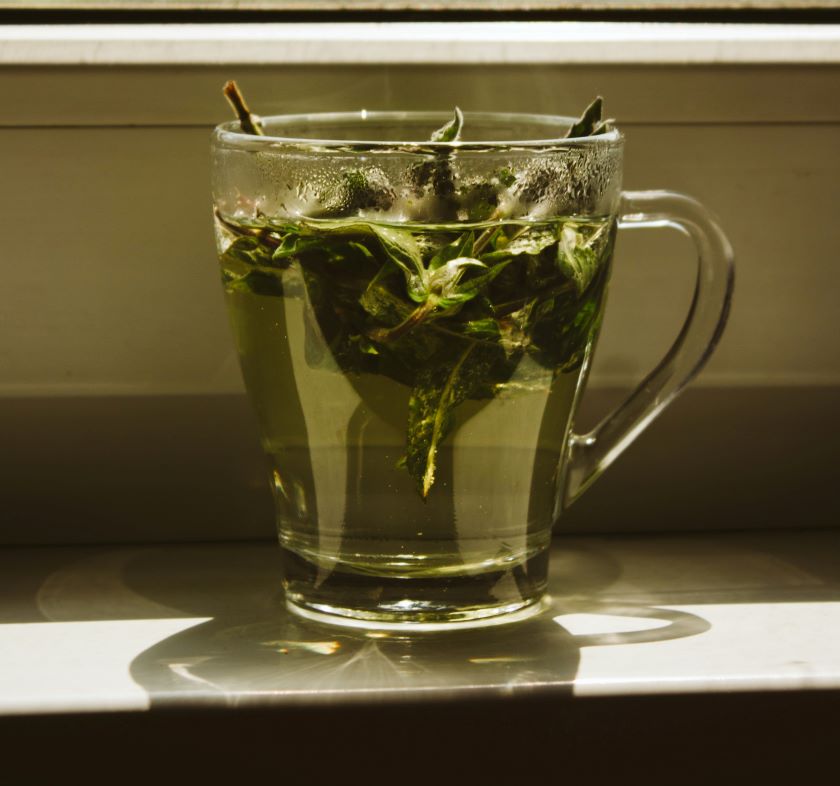
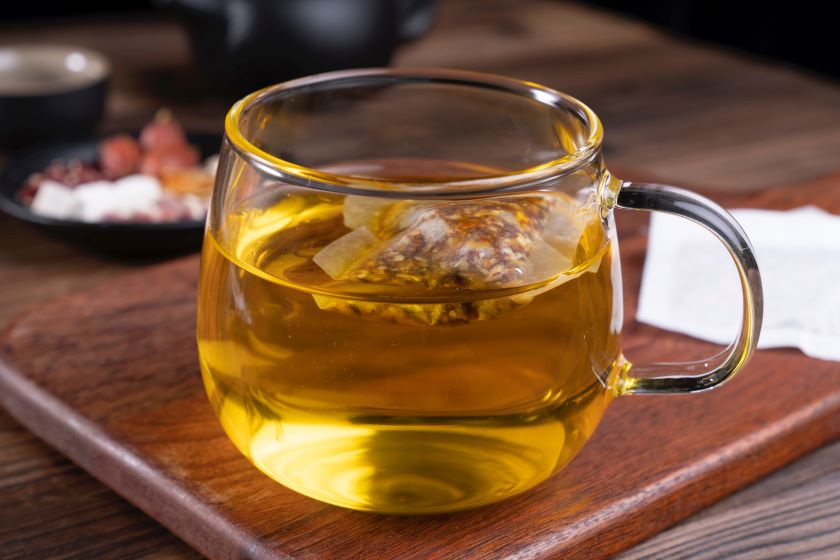
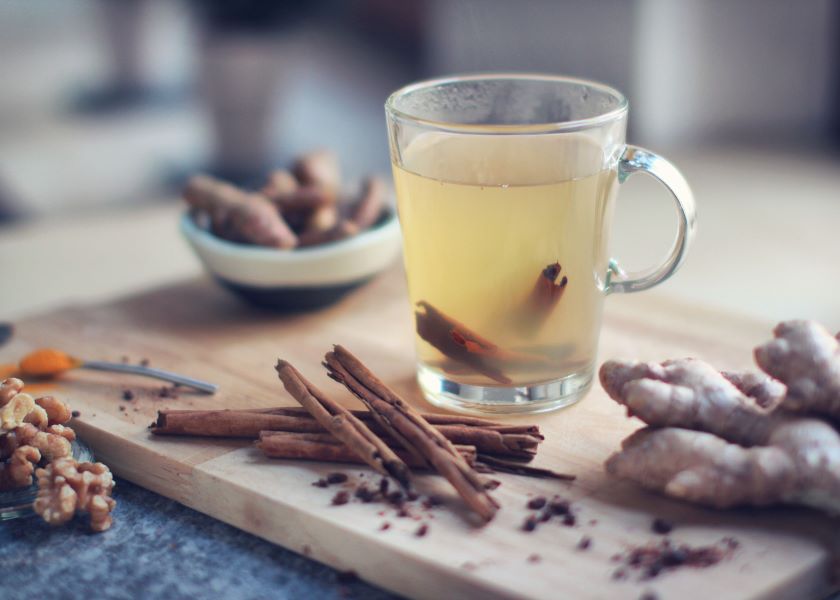
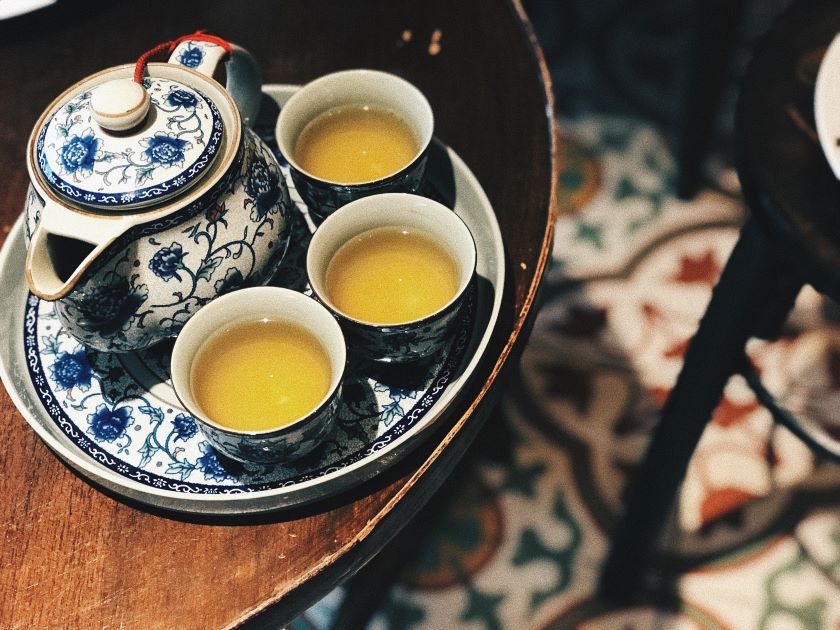
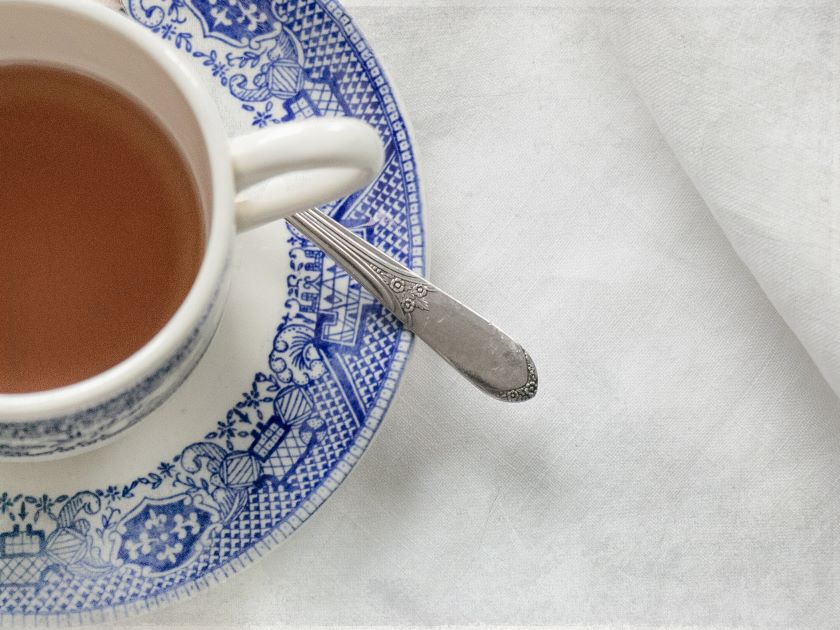


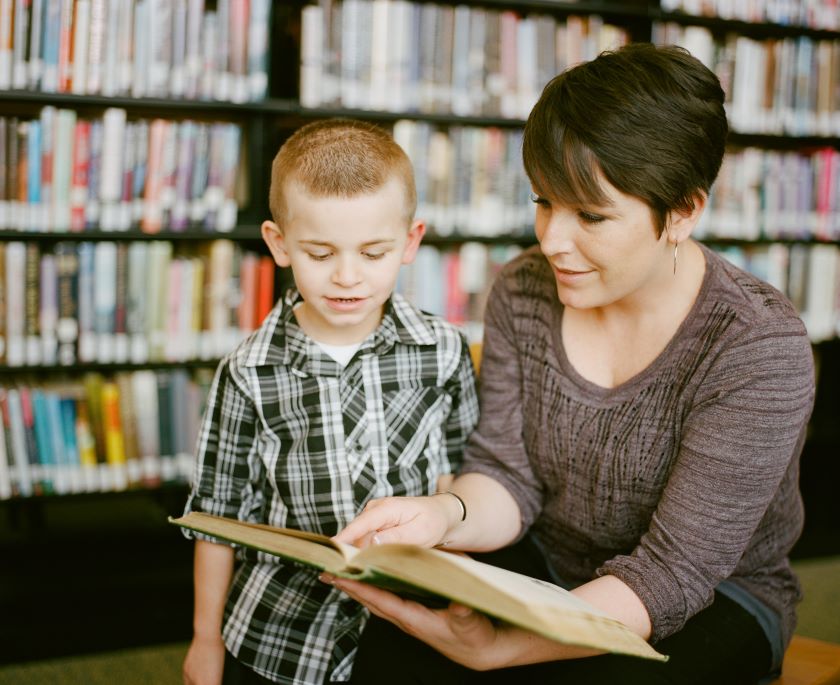
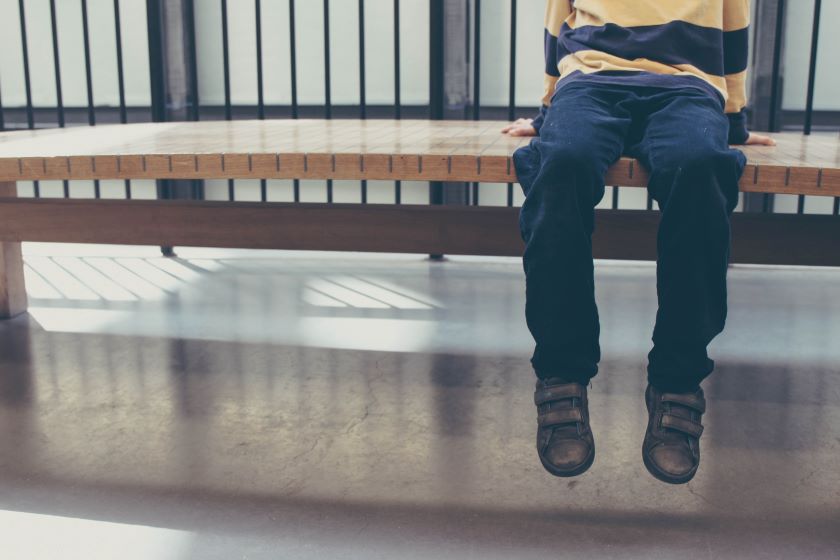
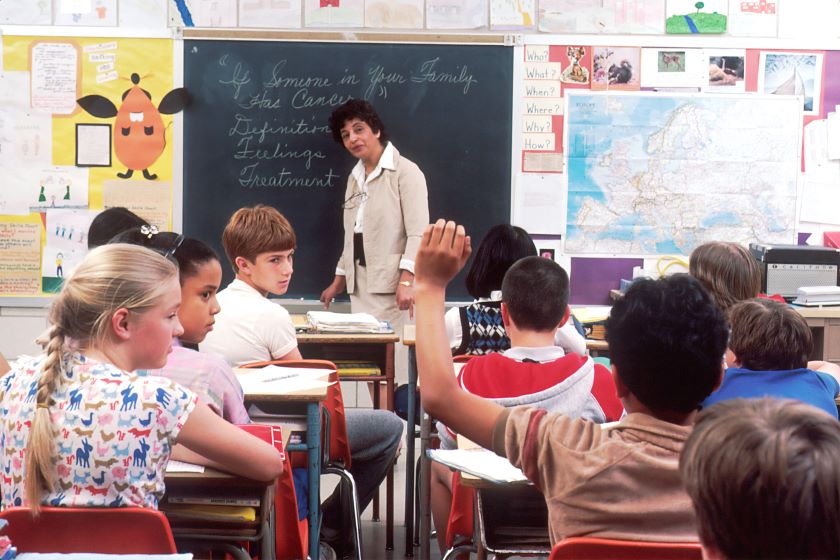
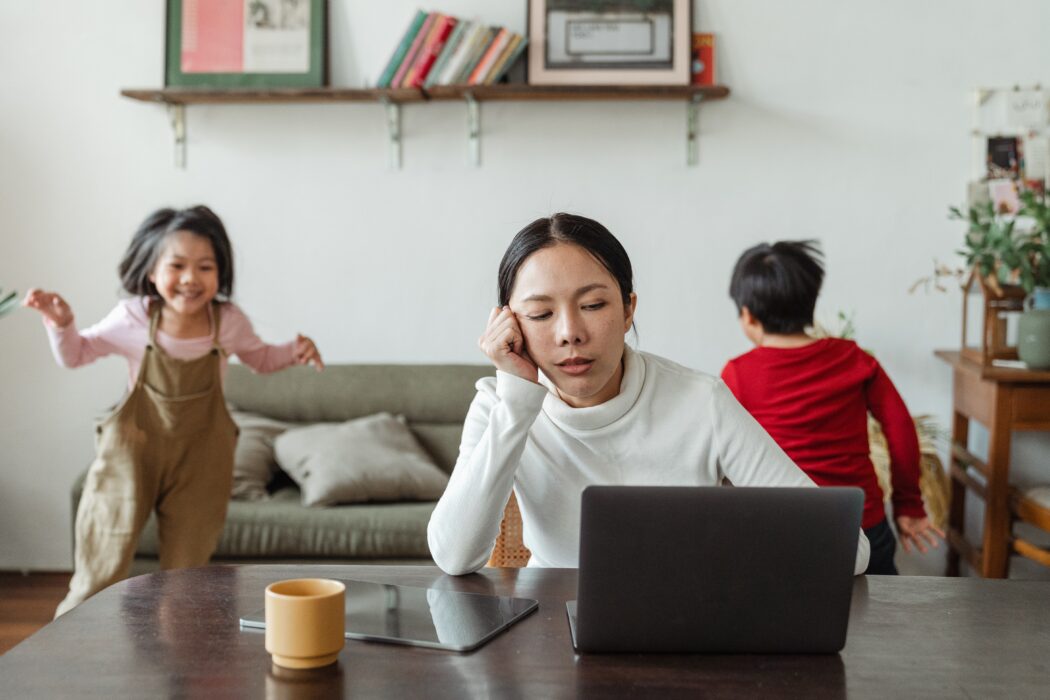




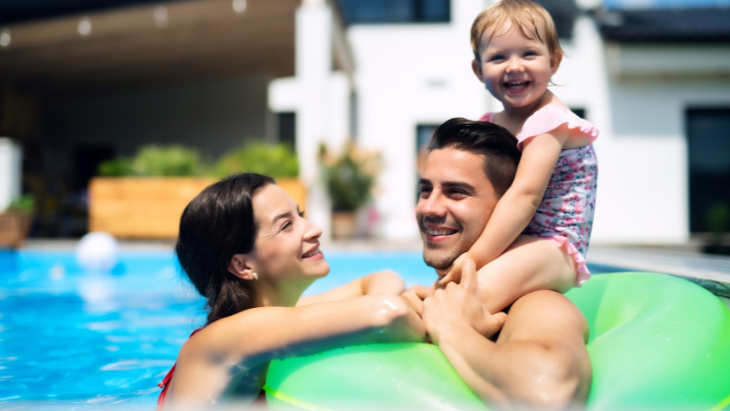


 Final Words
Final Words